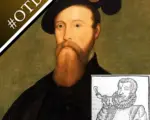Join The East Grinstead Bookshop for an evening with Alison Weir – from the comfort of your own sitting room – to celebrate the launch of ‘Mary I, Queen of Sorrows’ : A novel by Alison Weir.
The East Grinstead Bookshop are very excited to announce the national launch of Dr Alison Weir’s new historical novel, Mary I, Queen of Sorrows, on Thursday 9 May, 7pm which be available as an on-line event, broadcast across the world. The event will be live-streamed from the historic Sackville College Almshouse, built in 1609 to solve the homeless problem in East Grinstead and still in use as an almshouse today.
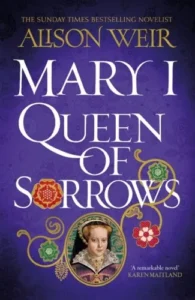 Dr Alison Weir is the bestselling female historian in the UK, with over three million copies of her fiction and non-fiction works sold to date. Even as a young girl Alison was fascinated by the Tudors, and has spent most of her life researching and writing about this period. This, her latest novel, is the third in the Tudor Rose series which fictionalises the lives of Elizabeth of York, Henry VIII and now Mary I.
Dr Alison Weir is the bestselling female historian in the UK, with over three million copies of her fiction and non-fiction works sold to date. Even as a young girl Alison was fascinated by the Tudors, and has spent most of her life researching and writing about this period. This, her latest novel, is the third in the Tudor Rose series which fictionalises the lives of Elizabeth of York, Henry VIII and now Mary I.
Mary was the daughter of Katherine of Aragon and Henry VIII, a precocious young child with an able intellect and a talent for the harpsichord. Yet, as the first Queen Regnant of England she became a notorious terror, responsible for the deaths of hundreds of protestants and earning the accolade ‘Bloody Mary’. What happened?
Independent Bookseller John Pye will be in conversation with Alison for an evening of lively debate and storytelling, looking at the life of Mary and celebrating the launch of ‘Queen of Sorrows’.
“An exquisitely drawn, poignant portrayal of one of history’s most complex, maligned and fascinating figures. Told with all of Alison Weir's characteristic verve and eye for evocative period detail, this is a book that will stay with you long after the last page has been turned. A must for Tudor fans everywhere.” (Author and Historian, Tracy Borman)
Tickets may be purchased from https://www.eastgrinsteadbookshop.co.uk/event-details/alison-weir-in-conversation-with-john-pye-book-launch


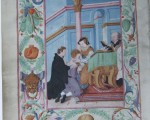

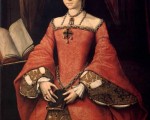

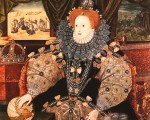
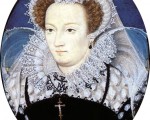
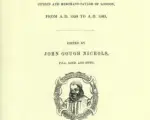
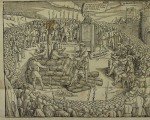




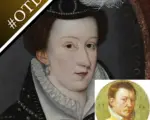

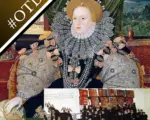
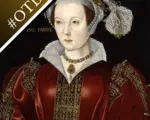
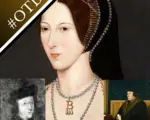



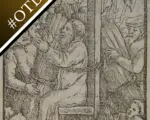


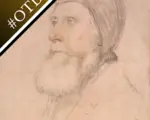

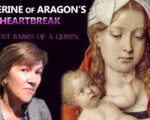
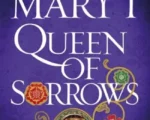
 Dr Alison Weir is the bestselling female historian in the UK, with over three million copies of her fiction and non-fiction works sold to date. Even as a young girl Alison was fascinated by the Tudors, and has spent most of her life researching and writing about this period. This, her latest novel, is the third in the Tudor Rose series which fictionalises the lives of Elizabeth of York, Henry VIII and now Mary I.
Dr Alison Weir is the bestselling female historian in the UK, with over three million copies of her fiction and non-fiction works sold to date. Even as a young girl Alison was fascinated by the Tudors, and has spent most of her life researching and writing about this period. This, her latest novel, is the third in the Tudor Rose series which fictionalises the lives of Elizabeth of York, Henry VIII and now Mary I.